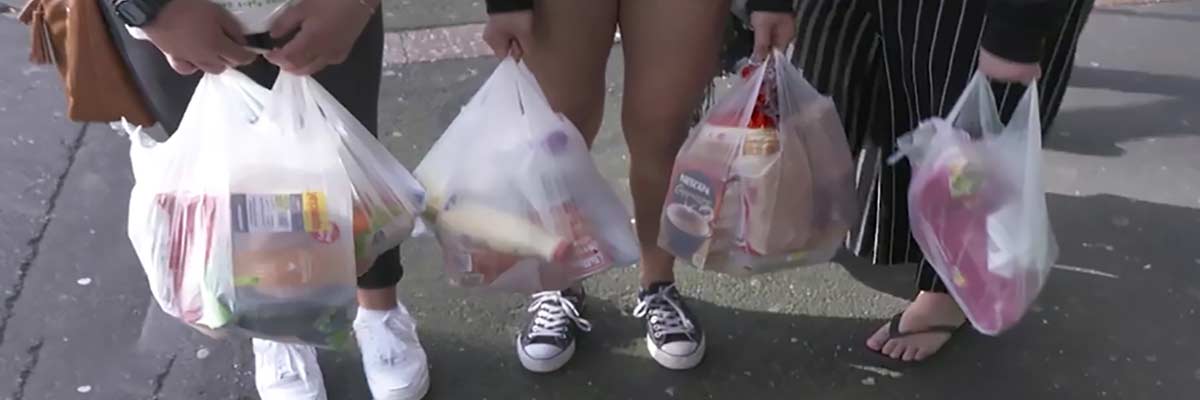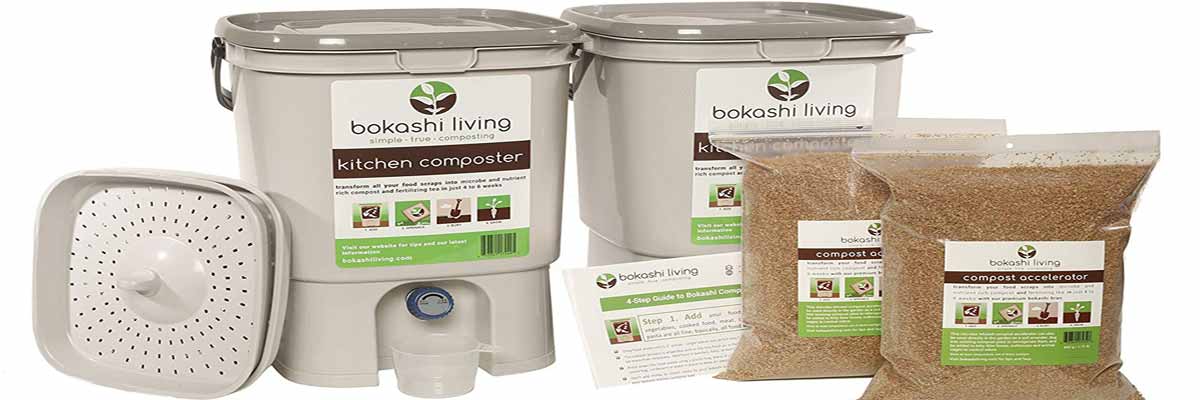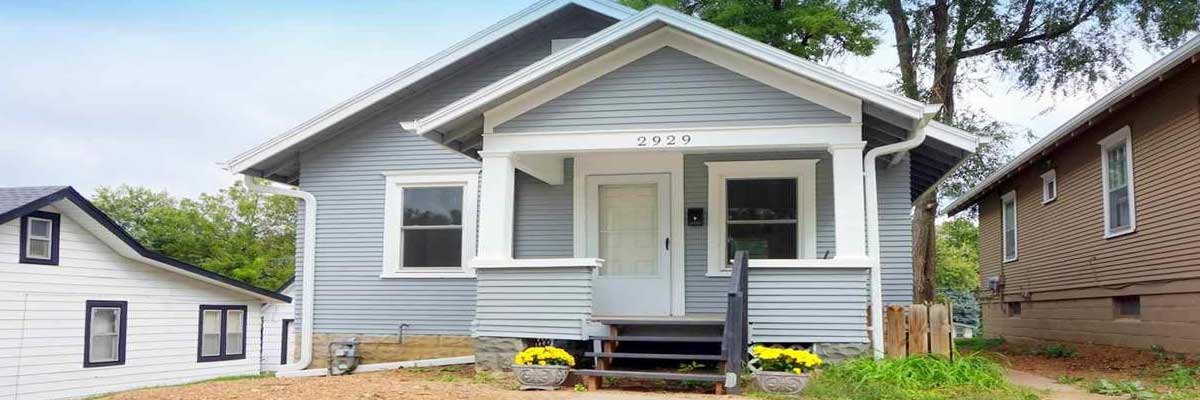The Jellyfish: A 36” Personal Wind Turbine For The Masses
Imagine a personal wind turbine that can power a home filled with LED lights — and also only cost $400. Such is the idea behind the Jellyfish — a 36” tall vertical-axis turbine that is a semi-finalist in Google’s 10 to the 100th contest–$10 million for the 5 ideas that helps the most people.
The inventor, Chad Maglaque, figures the total cost of the turbine could be brought down to only $199 — if subsidized with tax rebates. His current version, which he believes is only 12-to-18-months away from stores, is Wi-Fi and WiMax equipped and outputs 40 kWh a month. That’s not enough to take your home off-grid, but it would offset a percentage of energy consumption from other, not-so-green sources. Here’s a bit more detail from the website:
Get the Ball Rolling to Get Plastic Bags Off the Streets
Last year, Americans used over 100 billion plastic bags. Fortunately, thousands of enlightened shoppers are changing the way they shop (for good), by pledging to get off the plastic. Join the movement and get the ball rolling. Together we can keep 1 billion plastic bags off our street this year.
Philips Master LED Bulb Is Oh So Pretty, Pricey, Promising
Philips has announced that their new Master LED Bulb will be ready for mass consumption this coming July. For all the energy-savings that CFL bulbs have given us, they’ve also had some PR issues — especially when it comes to light color and mercury. LED takes everything that CFL offers, turns up the efficiency (over 30x more long-lasting than a incandescent bulb), and contains no mercury.
There are still some issues to work out with LED — one being that this Philips is expected to cost $50-$70. But price and aesthetics will be resolved over time. I just find it amazing that with this technology in place, my kid won’t know what it’s like to change a light bulb for many, many, years.
Green Mansion Comes With An Ocean Floor View
While the words “green” and “mansion” don’t really play nice together, this home — called the Acqua Liana — is certainly a testament to big-thinking green design.
Coming in at over 15,000 square-feet, the Liana resides on about 1.6 acres near the Atlantic Ocean. It is the first home to be built and certified to the rigorous “green” standards as defined and mandated by the U.S. Green Building Council, the Florida Green Building Council and Energy Star for Homes. Some of the green features include:
Solar panels generating enough energy to run the entire home on certain days (generating enough electricity to run 2 average sized homes). When combining the home’s solar use, energy efficient appliances and air-conditioning, insulative characteristics and overall architectural design, the home’s automated bio-feedback system will display its energy efficiency in real time.
The Green Picture: Church Becomes A Part Of Mother Nature
I’m a big fan of watching nature re-claim buildings — and this is a perfect example of that. Best I can tell, this is a church in Toronto. Now, I’m not sure whether the building is abandoned or if someone has been neglecting the ivy. Either way, there’s certainly not much sunlight entering through that window anymore!
Bokashi Composting: The Urban Solution For Organic Waste?
With Spring so close I can barely stand to wait, I’m making plans for the garden, ordering seeds, and getting ready to reorganize my compost pile. See, during the winter months I’ve been reading up on what an absolutely shitty job I’ve done with my current compost layout. Sure, it’s better than nothing, but I could be getting my food and yard scraps to break down much faster with a bit of proper setup.
Anyways, while continuing this research, I came upon a post over on CleanTechnica discussing the composting technique called Bokashi. Basically, it’s a high-speed breakdown process that takes advantage of anaerobic mirobes. Instead of placing your food scraps in an outdoor, open-air bin — you shove them into an air-tight bin. CleanTechnica gives us the deets:
A Great Big Food Garden Tax Break and Stimulus Package
This is a guest post by Ed Bruske. He writes at The Slow Cook. Ed lives in the District of Columbia. A reporter for the Washington Post in a previous life, he now tends his “urban farm” about a mile from the White House in the District of Columbia. Ed believes in self-reliance, growing food close to home and political freedom for the residents of the District of Columbia.
Warning: The following may contain dangerously subversive thoughts. Young children should probably leave the room….
Although I believe in food gardening, I am also convinced that we will only get so far trying to persuade Americans that there is a healthier way to eat, and that growing your own is a big part of the answer. But I also know there’s something else Americans care very much about: money. That’s why I am proposing right here and right now a big fat tax break on kitchen gardens that will not only spur our fellow citizens to start digging up their lawns like crazy, but will fit right in with President Obama’s economic stimulus efforts by getting everyone busy buying seeds and garden tools.
Dan Phillips’ Revolutionary Idea of Half Priced Homes
Using “trash” (construction and other refuse) to build homes. Quote “in a town this size would otherwise be discarding usable building materials that could build a small scale house a week… That’s crazy! when we have families that would do anything to own a house.” Great ideas, funky original homes.
Instructables – Stay Warm Contest
I am an avid reader of DIY projects. Before I begin a project of my own I will most likely spend hours researching and looking at similar projects done by others. One of my favorite sites for finding the real creative and well documented projects is instructables.com.
They recently held a contest to see what their readers could do with used plastic bottles. The entries ranged from an algae bioreactor to fenders on a bike. Currently they are running a contest entitled the Stay Warm Contest: “We want to know what ways you’re staying warm this winter without using of lots of fuel or energy in the process.” Grand Prize is a sleeping bag and an Instructables Robot t-shirt, patch, and stickers. So GG readers head on over and submit your Stay Warm projects. (Contest ends Feb. 8th)
Discovery Of Giant Snake Fossil Gives Hope To Rainforests Surviving Climate Change
I spied this incredible story today about a giant fossilized snake — almost 43-feet long — that was discovered in one of the world’s biggest open-cast coalmines, in Cerrejon, Colombia. The massive reptile dined on giant crocodiles and turtles, had a height up to your hip, and weighed some 1,600 pounds.
Fantastic images of snakes the size of buses aside, what’s truly interesting about this story is what such a former living creature can tell us about past rainforests — and their abilities to survive climate change. From the article,
Based on T. cerrejonensis, the scientists calculate that the mean annual temperature in equatorial South America 60 million years ago would have been 30-34 degrees Celsius, or 86-93 degrees Fahrenheit. That makes it around 3-4 C (5.5-7.2 F) hotter than tropical rainforests today.
Read More
















